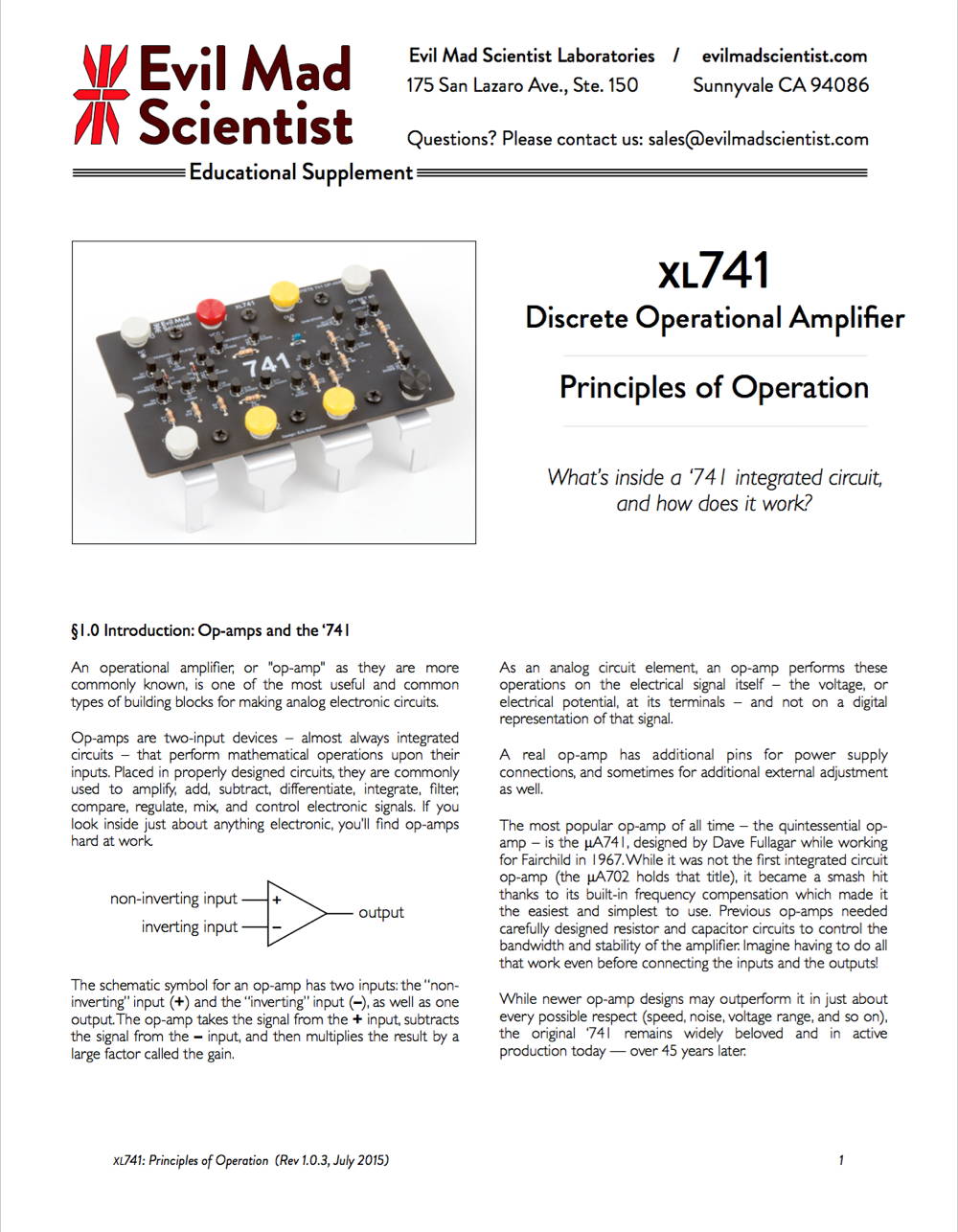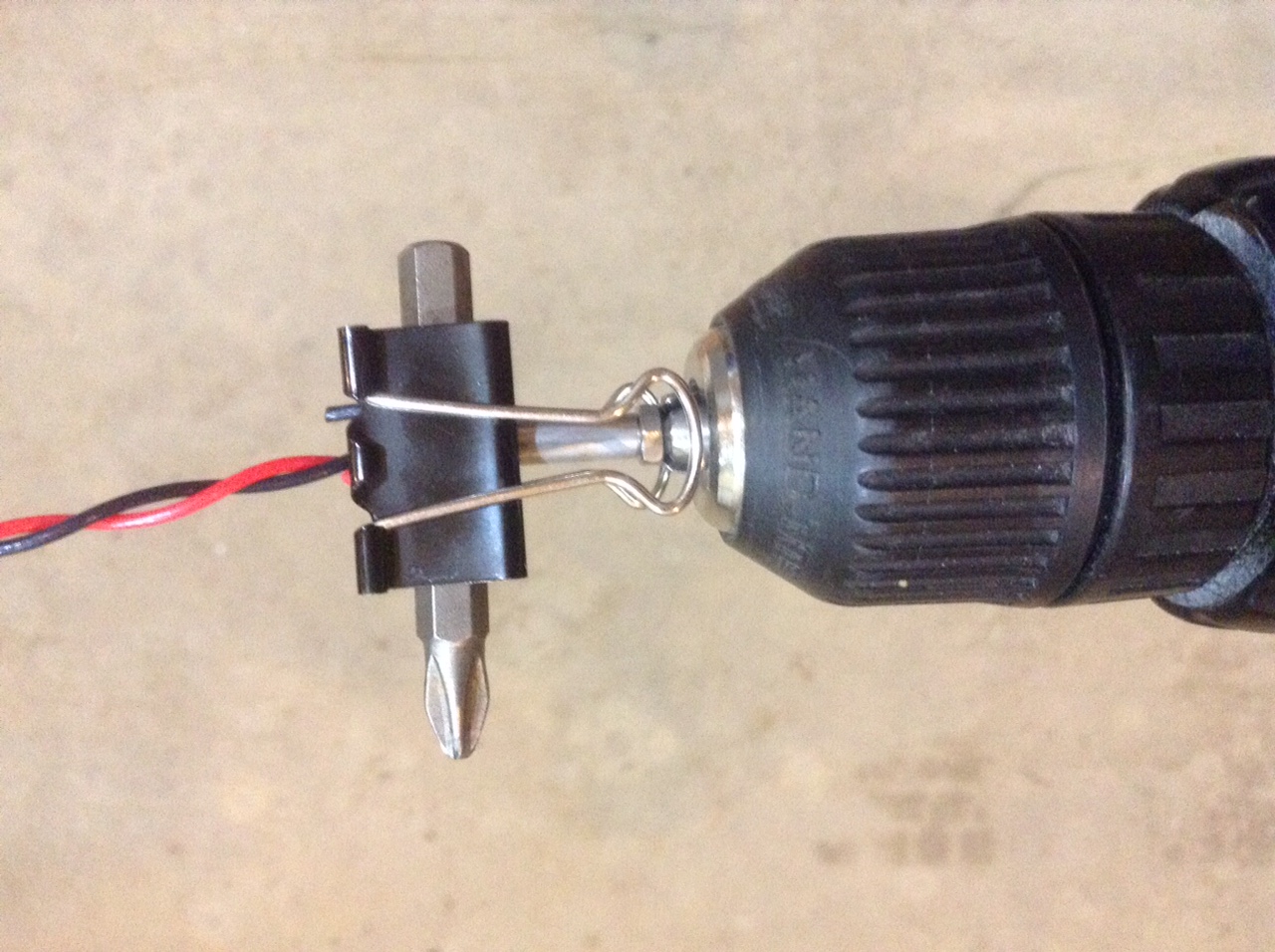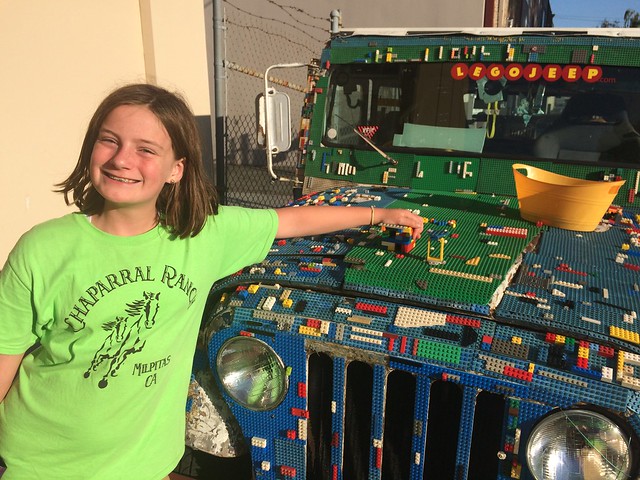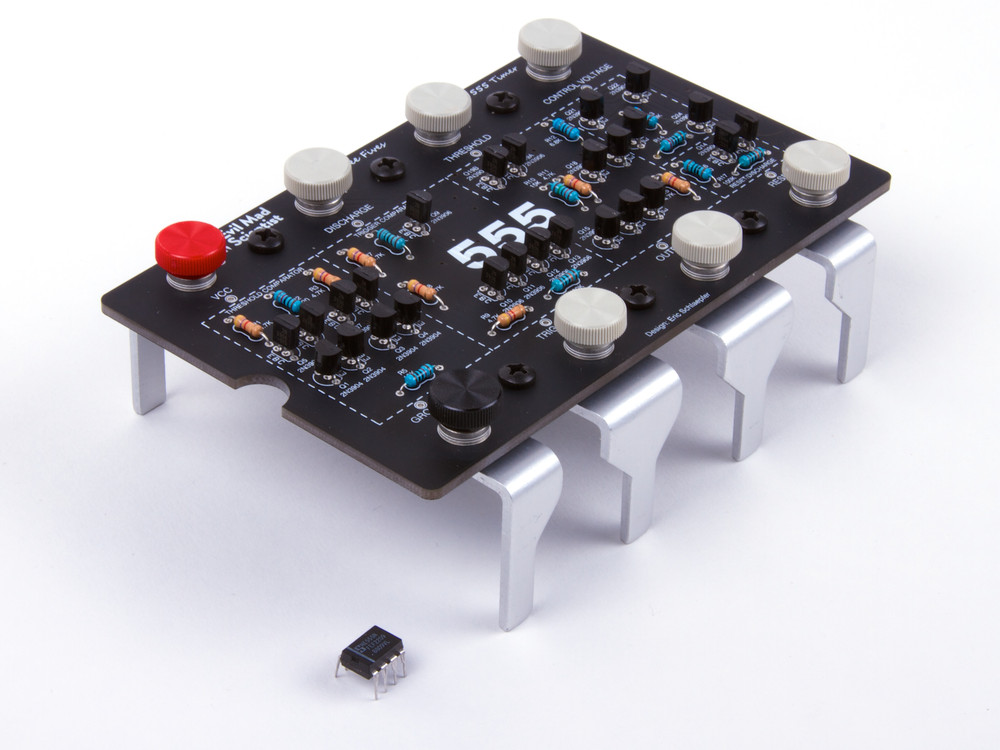Every month or two since 2009, someone has sent me a copy of a particular comic from the webcomic Cowbirds in Love. Here is today’s example, from @benk_at_work on twitter:
Sigh.
There is, of course, only one appropriate way to respond in a situation like this: with another comic.
Back in 2011, I wrote an era-appropriate semi-autobiographical rage comic, that I could use as a standard response when people sent me that comic.

Joking aside, we really do spend a lot of our time engineering— and many of our friends and colleagues are bona fide engineers. On the other hand, I love to cook, but that doesn’t make me a chef either.


















